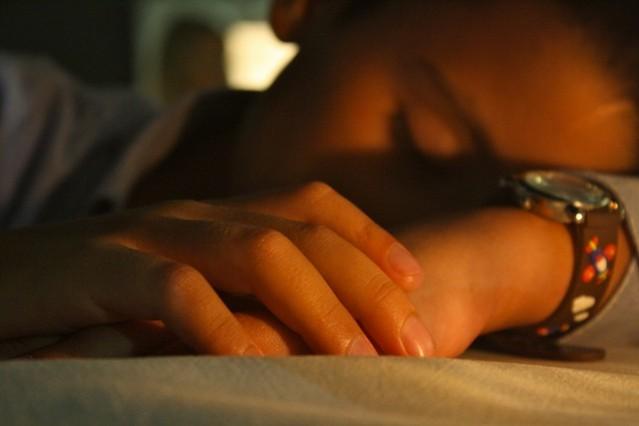
Screen-on time, or the amount of time a person spends staring directly into a screen- be it phone, computer, or TV has been found to have a direct link with insomnia symptoms as well as shorter sleep time among adolescents– children between 10 to 19 years of age.
Preliminary results showed a clear link between "screen-based activities" and symptoms of depression and it was found to be explained through the amount of time that a person spends in social messaging, TV or movie watching, and web surfing, according to a study.
"Higher rates of depressive symptoms among teens may be partially explained through the ubiquitous use of screen-based activities, which can interfere with high quality restorative sleep." said researcher Xian Stella Li, who conducted this study with other scientists at the Stony Brook University, Penn State University, and University of Wisconsin-Madison.
"These results suggest that parents, educators and health care professionals could consider educating adolescents and regulating their screen time, as possible interventions for improving sleep health and reducing depression," said principal investigator Lauren Hale.
For this study, researchers made use of data from 2,865 adolescents in the Fragile Families and Child Wellbeing Study's teen survey. Respondents to the study had an average age of 15.63 years, and 51 percent of them were males.
Essentially, participants were surveyed on two insomnia symptoms– problem in falling asleep, problems related to staying asleep, depression symptoms, and week-night sleep duration. The teenagers were also quizzed on their typical screen-on time habits in a day based on four categories -- web surfing, social messaging, gaming, and watching TV and movies.
The next step in this research is to see if these adverse effects of social media and screen-on time displayed by adolescents also transition into adulthood, said researchers.
The study was presented at "SLEEP 2018", the 32nd Annual Meeting of the Associated Professional Sleep Societies LLC (APSS), a joint venture of the American Academy of Sleep Medicine and the Sleep Research Society, this week.
Previous reports have shown that 10 to 30 percent of adults have insomnia at any given point in time and up to half of people experience insomnia in a given year, while gender-wise, it is found to be 40 percent more common in women than in men.














